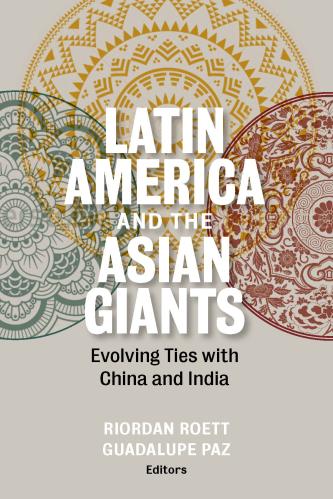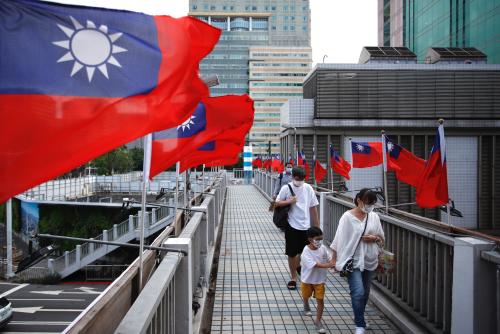Content from the Brookings Institution India Center is now archived. After seven years of an impactful partnership, as of September 11, 2020, Brookings India is now the Centre for Social and Economic Progress, an independent public policy institution based in India.
This article first appeared in Live Mint. The views are of the author(s).
Since the end of World War II, Asia-Pacific has been the locale of direct and indirect military confrontation (in Korea and Indo-China, respectively) between the two superpowers; experienced unprecedented economic growth, which did not translate into closer integration (particularly among the countries of the Association of Southeast Asian Nations or Asean); witnessed the economic and political rise of two ancient powers (China and India); and, consequently, experienced several wars interspersed with an uneasy peace.
In contrast in Europe, superpower military confrontation was avoided during the Cold War and did not lead to war; economic growth was facilitated by the generous Marshall Plan, which led to the establishment of institutions that promoted integration and cooperation; and resulted in a long and prosperous peace in the region. Consequently, Europe also emerged as a significant global player and—with the exception of Yugoslavia—was able to peacefully manage the collapse of the Soviet Union and the emergence of independent states in its region.
There are several reasons why the Asian experience was different from that of Europe, even though both were equally affected by World War II.
The post-war roots of insecurity in Asia were driven by the failure to create institutions that could accommodate former enemies, notably Japan and China as well as Korea and South-East Asia.
Japan’s inability to either apologize for its wartime role and atrocities or reconcile with its enemies meant that any regional arrangement, despite the best US efforts, was a non-starter. Consequently, Washington and the region had to contend with a series of bilateral arrangements.
Similarly, the contestation between China and India first evident in the 1950, following Beijing’s annexation of Tibet, meant that efforts to create a cooperative arrangement in Bandung with these two powers also came to naught. Whatever hope there was of a regional institution centered around China and India evaporated following the 1962 war.
To read more, please click here.






Commentary
Op-edCan insecurity in Asia be managed?
October 9, 2017